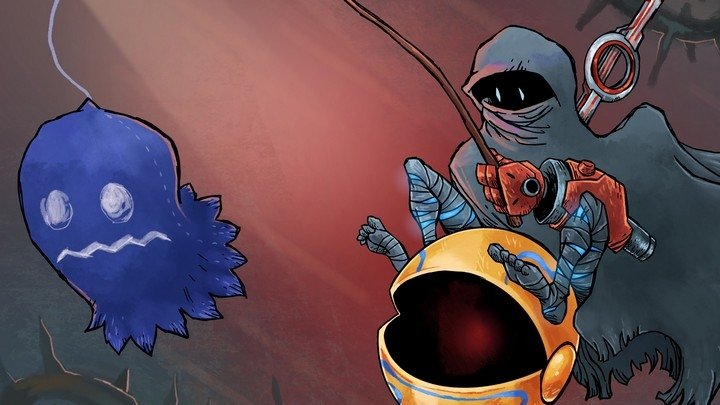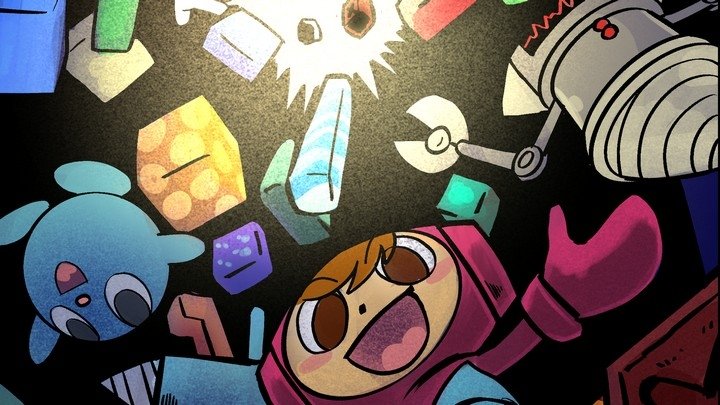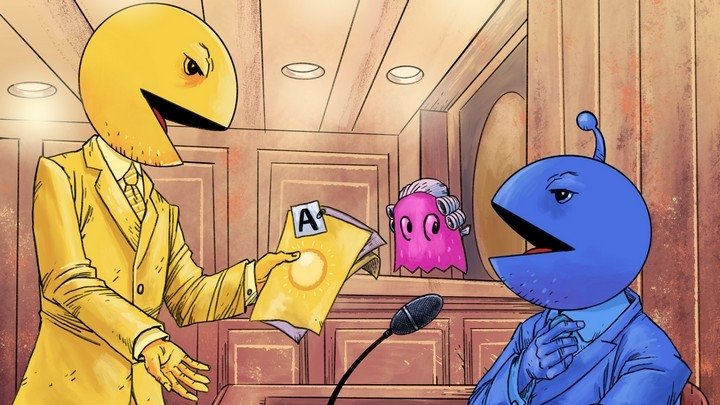Dream match never ends: The King of Fighters '98 turns 20
"Nothing's gonna stop it's two-thou-sand-eigh-teen!"
Twenty years ago today, The King of Fighters '98 was released for the Neo Geo console. That means that twenty years ago today I stopped having to contemplate how to respond to the loaded question "what's your favorite video game?" because here we are in 2018 and the answer hasn't changed. Despite two decades of technological innovation and several dramatic shifts in the video game landscape, I still consider KOF '98 the best fighting game of all time as well as my personal favorite game, period.
I've made no secret of my passion for the Neo Geo and The King of Fighters series is a big part of that fandom. From its beginning in 1994, KOF served as the ultimate confirmation that all my favorite SNK characters not only lived in a shared universe but they totally hung out together and would occasionally beat each other up for fun. The King of Fighters '94 not only brought together the stars of Fatal Fury, Art of Fighting, Psycho Soldier, and Ikari Warriors, but introduced new characters as part of a cohesive storyline about a fighting tournament masterminded by a supervillain living on his own personal aircraft carrier.
KOF became an annual franchise, eventually eclipsing the games which spawned it. Each year would see slight changes to the roster, bringing in new guests from other games while also introducing relatives to established characters. Fathers, daughters, and sworn rivals would appear and new villains (each stronger than the last) would take over the KOF tournament, all to further the illusion that all these disparate video games somehow coexist on a linear timeline with its own plot. By the time The King of Fighters '97 was released, the heroes were engaged in battle not against a human but an ancient evil drawn from Japanese mythology.

Which brings us to KOF '98, a plotless romp that exists just so players can enjoy the sheer spectacle of all these characters hanging out together. This is made clear right from the cover art: all the characters are enjoying a pool party, dressed in jackets and tuxes to varying degrees of formality but none of them wearing their usual clothes. The leisure experience is further established by the game's full title in Japan of The King of Fighters '98: Dream Match Never Ends. Clearly KOF '98 is a fighting game but it's one where everyone is welcome to hang out as long as they like.
In its original form KOF '98 had 51 playable characters assembled from the first four KOF games, an unprecedented number at the time and still high compared to most fighting games today (Street Fighter Alpha 3, also released in 1998 with a similar catch-all approach, has just 28 characters). I mention these numbers not to boast but to marvel at how many hours I must have spent in my basement apartment at the time playing this game to learn the ins and outs of that many different fighters. It got to the point that I could set team selection to "random" and still complete an arcade playthrough. It's even harder to imagine doing that today as The King of Fighters '98 Ultimate Match, an enhanced version of this game currently available on Steam, PlayStation 4, and Xbox One, has expanded the roster to 64.
Regardless of the numbers, it is those characters that keep me a KOF '98 fan to this day. There is no shortage of supplemental materials and instruction manual checklists that flesh out these people with likes and dislikes and even their blood type (an important astrological tool in Japan) but even in-game there are systems to make KOF characters feel like more than action figures. When certain showdowns occur, characters will greet each other with custom animations and even talk to one another, reflecting their past interactions: Kyo and Iori will menace each other with flames, Robert and Kensou will banter in the local Osaka dialect of Japanese, and Yuri will be mortified by her father Takuma's joke.
There's also a "mood meter" that establishes how well a team will cooperate. In certain combat situations, teammates can jump into the foreground and rescue a teammate when dizzy. When one fighter is knocked out, the subsequent fighter can start the next match with a bonus super meter. However, this only occurs if the two characters get along. If characters are unhappy working together, they will not assist each other and even reduce the super meter upon their departure. This means that having characters with personalities and backstories isn't simple window dressing as it has a direct effect upon the gameplay.
I'd hate to say my favorite video game series peaked twenty years ago, but the fact is I can't see SNK or any video game company topping the zenith that is The King of Fighters '98. Fighting games are enjoying a renaissance right now thanks to esports, indie creators, and a large, devoted audience that can support classic rereleases alongside new titles. But who in the 21st century would have the patience (and the resources) to release mutliple, iterative sequels back-to-back-to-back, building up a world of dozens of original characters, all in order to pay it off with a massive crossover event?
I can't think of a single video game publisher willing to do all that.



